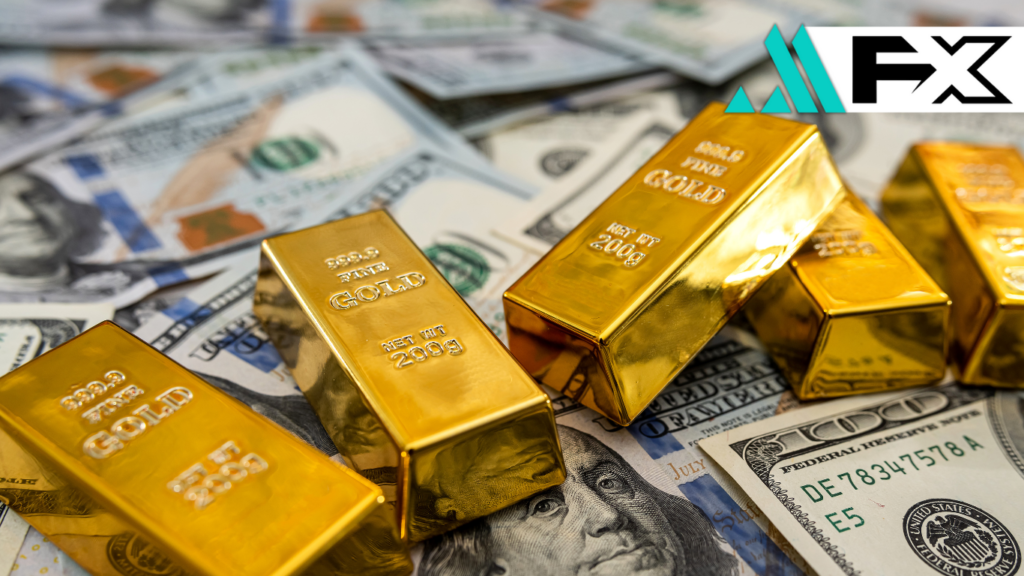Gold prices retreated slightly on Wednesday after reaching an all-time high in the previous session, as investors awaited details on U.S. President Donald Trump’s upcoming tariffs.
- Spot gold (XAU/USD) fell 0.3% to $3,116.24 per ounce by 00:57 ET (04:57 GMT), after climbing 0.4% in early Asian trading.
- The metal hit a record high of $3,149.03 on Tuesday before pulling back.
- Gold futures for June delivery remained steady at $3,146.06 per ounce.
Traders exercised caution ahead of Trump’s trade announcement, which has fueled heightened volatility in gold markets over the past week.
Trump Tariff Details Could Impact Gold Prices
President Trump is set to introduce sweeping reciprocal tariffs on April 2, targeting a range of international trade partners in an effort to boost domestic manufacturing.
- The tariff measures, part of a policy dubbed “Liberation Day,” will be announced at 15:00 ET (19:00 GMT) on April 2.
- Markets anticipate potential inflationary pressure from the tariffs, which could impact global growth and commodity prices.
- Gold, traditionally a safe-haven asset, has surged amid uncertainty surrounding U.S. trade policy.
The U.S. Dollar Index rose 0.1% in Asian trading, offering mild resistance to further gold gains. Meanwhile, other precious metals performed well:
- Platinum futures climbed 0.3% to $1,009.65 per ounce.
- Silver futures advanced 0.7% to $34.523 per ounce.
Economic Data Poses Challenges for Fed Policy
Weaker-than-expected U.S. economic data has further complicated the Federal Reserve’s rate outlook:
- The February Job Openings and Labor Turnover Survey (JOLTS) showed job openings dropped to 7.57 million from 7.76 million in January, signaling a softening labor market.
- The ISM Manufacturing PMI fell to 49.0 in March, down from 50.3 in February, marking the first contraction of the sector in 2025.
With economic uncertainty rising, the Federal Reserve faces a dilemma: maintaining restrictive policy could further slow growth, yet trade-related inflation risks may limit the potential for rate cuts. Investors now look to Friday’s nonfarm payrolls report for further clarity on the Fed’s next move.


